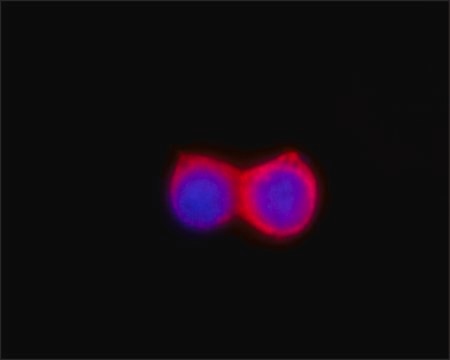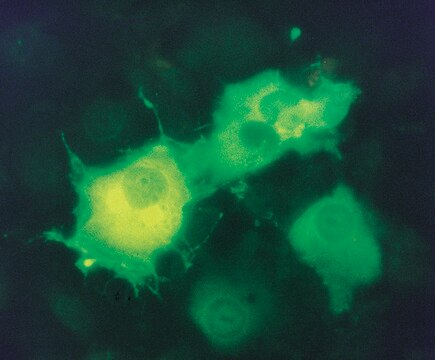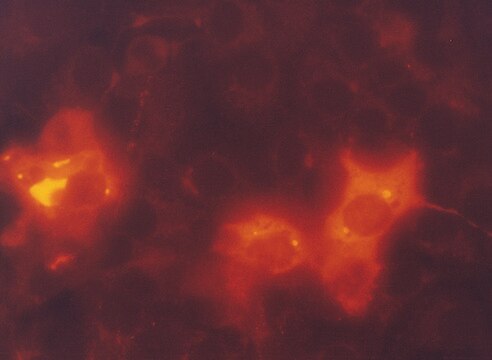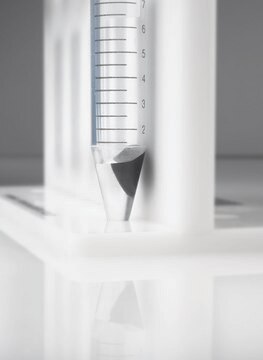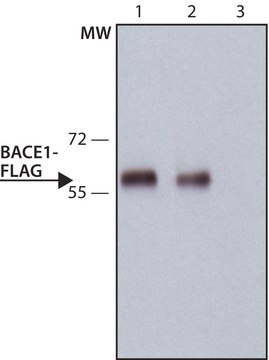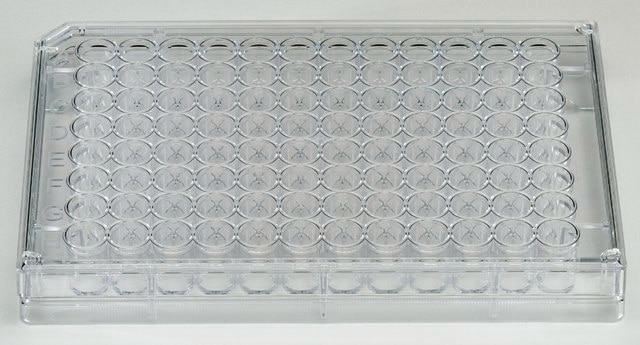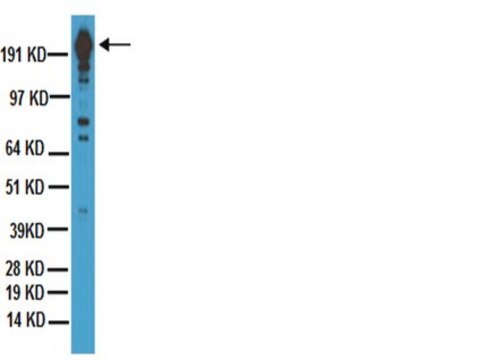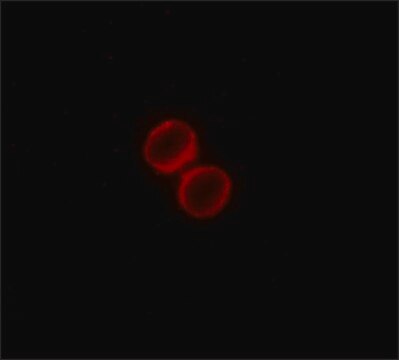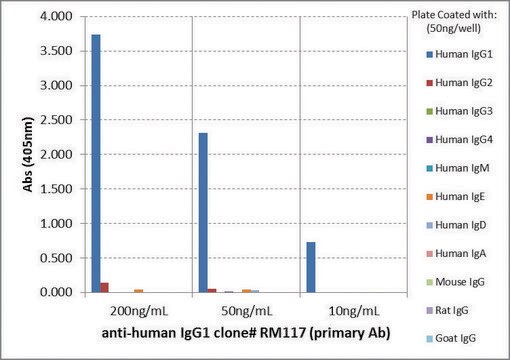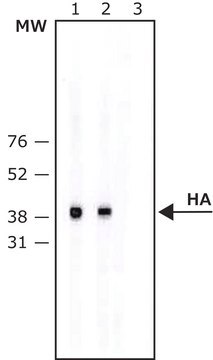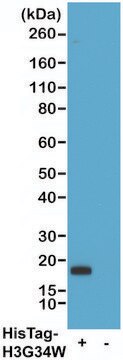F9291
Monoklonaler ANTI-FLAG® BioM2 in Maus hergestellte Antikörper
clone M2, purified immunoglobulin, buffered aqueous glycerol solution
Synonym(e):
Monoklonaler ANTI-FLAG® M2-Antikörper in Maus hergestellte Antikörper, Anti-ddddk, Anti-dykddddk
About This Item
Empfohlene Produkte
Biologische Quelle
mouse
Qualitätsniveau
Konjugat
biotin conjugate
Antikörperform
purified immunoglobulin
Antikörper-Produkttyp
primary antibodies
Klon
M2, monoclonal
Form
buffered aqueous glycerol solution
Speziesreaktivität
all
Konzentration
~1 mg/mL
Methode(n)
dot blot: suitable (chemiluminescent detection)
Isotyp
IgG1
Immunogene Sequenz
DYKDDDDK
Versandbedingung
dry ice
Lagertemp.
−20°C
Suchen Sie nach ähnlichen Produkten? Aufrufen Leitfaden zum Produktvergleich
Verwandte Kategorien
Allgemeine Beschreibung
Anwendung
Die Antikörper eignen sich für Immunfluoreszenz-, Western-Blot- und Mikroskopie-Anwendungen und zur Bildung von Avidin-Biotin-Komplexen.
Weitere Produktinformationen finden Sie in unserem FLAG® Literatur-Portal.
Physikalische Form
Angaben zur Herstellung
Rechtliche Hinweise
Sie haben noch nicht das passende Produkt gefunden?
Probieren Sie unser Produkt-Auswahlhilfe aus.
Lagerklassenschlüssel
10 - Combustible liquids
WGK
WGK 2
Flammpunkt (°F)
Not applicable
Flammpunkt (°C)
Not applicable
Analysenzertifikate (COA)
Suchen Sie nach Analysenzertifikate (COA), indem Sie die Lot-/Chargennummer des Produkts eingeben. Lot- und Chargennummern sind auf dem Produktetikett hinter den Wörtern ‘Lot’ oder ‘Batch’ (Lot oder Charge) zu finden.
Besitzen Sie dieses Produkt bereits?
In der Dokumentenbibliothek finden Sie die Dokumentation zu den Produkten, die Sie kürzlich erworben haben.
Kunden haben sich ebenfalls angesehen
Artikel
Structural modifications of proteins are essential to living cells. When aberrantly regulated they are often the basis of disease. Glycans are responsible for much of the structural variation in biologic systems, and their representation on cell surfaces is commonly called the “glycome.”
Unser Team von Wissenschaftlern verfügt über Erfahrung in allen Forschungsbereichen einschließlich Life Science, Materialwissenschaften, chemischer Synthese, Chromatographie, Analytik und vielen mehr..
Setzen Sie sich mit dem technischen Dienst in Verbindung.

